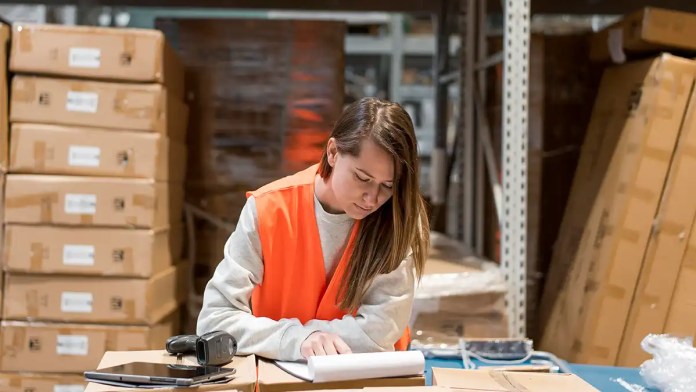Moving a facility is not just lifting a piece of equipment from one place to another; it is a consequential decision that takes foresight, planning, and understanding of the risks involved. The process must take into consideration the machinery and equipment, the infrastructure, and the labor. All it takes is a small mistake to end up with delays and costs that were unforeseen.
Downtime and Operational Risk
One of the largest risks is that of downtime during production. When production stops for disassembly, transportation, reassembly, and testing, typically, there is a loss in revenue. Downtime can and should be planned for within the timeline and budget. Additionally, the downtime is not always planned.
Damage might happen when the equipment is moved, the infrastructure might not meet minimum requirements, or there may not be skilled labor available to restart operations, causing activity disruption for longer periods of time. To begin addressing these types of risks, planning must be detailed. Performing a full audit of machinery, components, and spare parts might address many of the issues that could create a smoother transition or, at least, identify issues that can be addressed prior to the start of the move.
Protecting Equipment and Assets
Another important consideration is protecting assets in transit and how industrial equipment is loaded. Neglecting to properly load and secure industrial equipment may result in expensive repair costs and safety concerns. The greatest asset protection and timeline are achieved by collaborating with logistics and moving professionals who process logistics plans such as routes, compliance issues, and safe packing protocols.
Time Frames and Contingency Planning
Another common DIY pitfall is time frames. Many companies underestimate how long it will take to reinstall machinery and cultivate an operational status in the new location. Agreeing to a realistic time frame for relocation—based upon consultation and discussion with operations, logistics, and maintenance—is critical. It is equally important to plan for contingencies. Planning for potential problems from infrastructure facilities to transportation or staffing gives the project team latitude to course-correct without adversely impacting the venture.
Strategy to maintain Team Safety and Communication
In addition to organizational plans, halting accidents as well as involving employees are dependent on effective safety communication and team engagement. Workers require the details of the relocation schedule, the safety plans that have been developed, and the nature of changes in their role and schedule as early as possible.
A pre-production start training is also a good measure to prevent accidents and allow for easy transition to a new layout or system. It is critical that we safely dismantle or reassemble to meet obligations to the law and to ensure nobody is injured or unnecessarily damaging equipment.
Conclusion
Organizations can reduce risk and minimize disruptions during factory relocations through planning, identifying subject matter experts if needed, and allowing time for the unanticipated. Factory relocations are complex and, with the proper perspective, are both a smart and positive step to avoiding a long footprint or to improving operations. For more details, please see the accompanying resource from Equip Trucking, an equipment moving company.
Also Read: Cutting Maintenance Costs and Equipment Downtime in Industry




